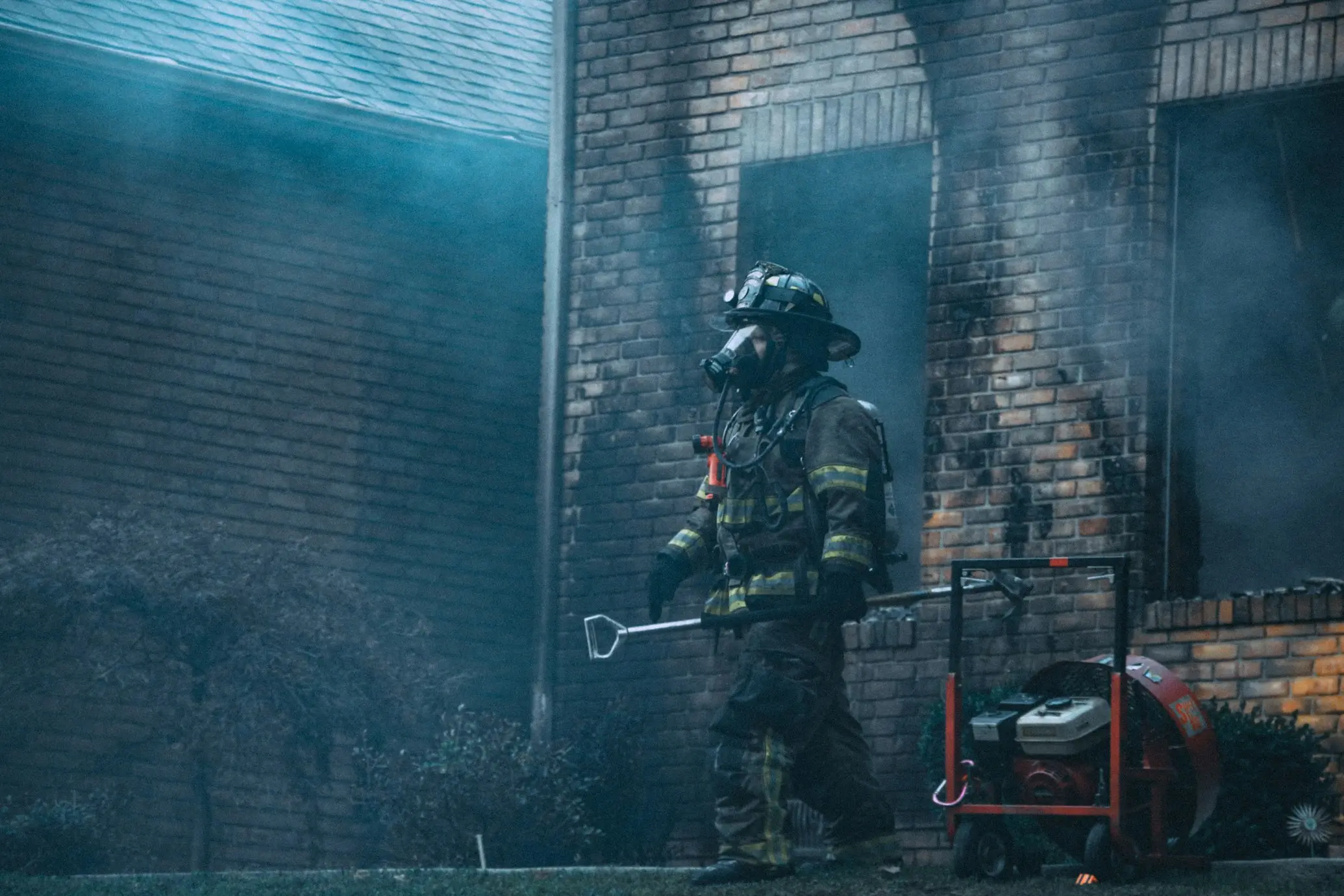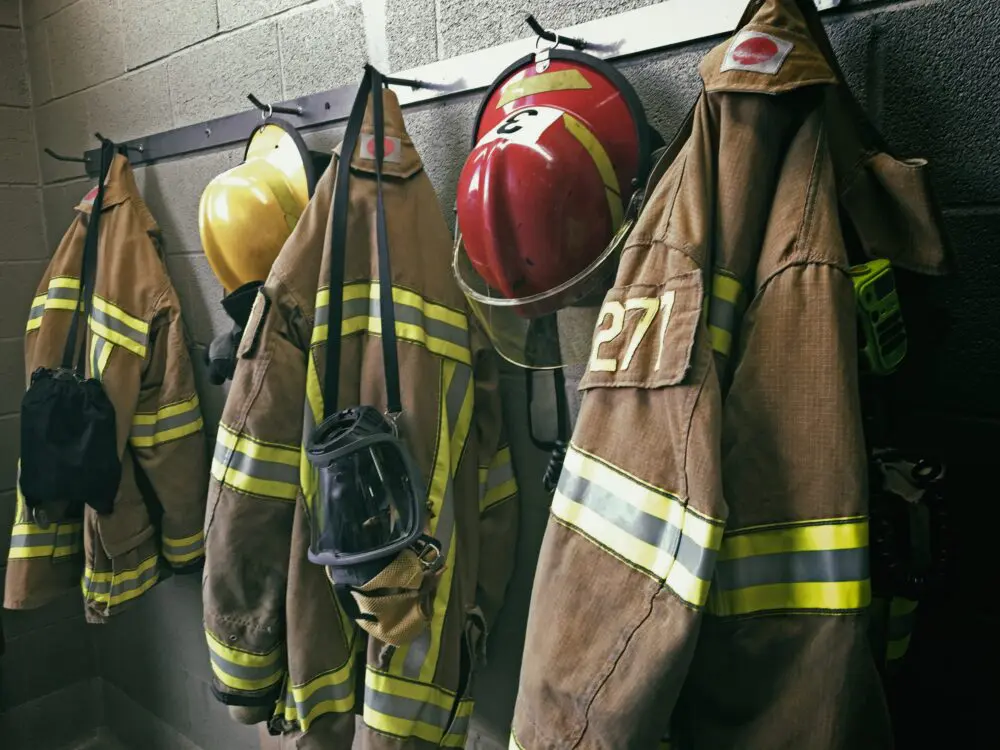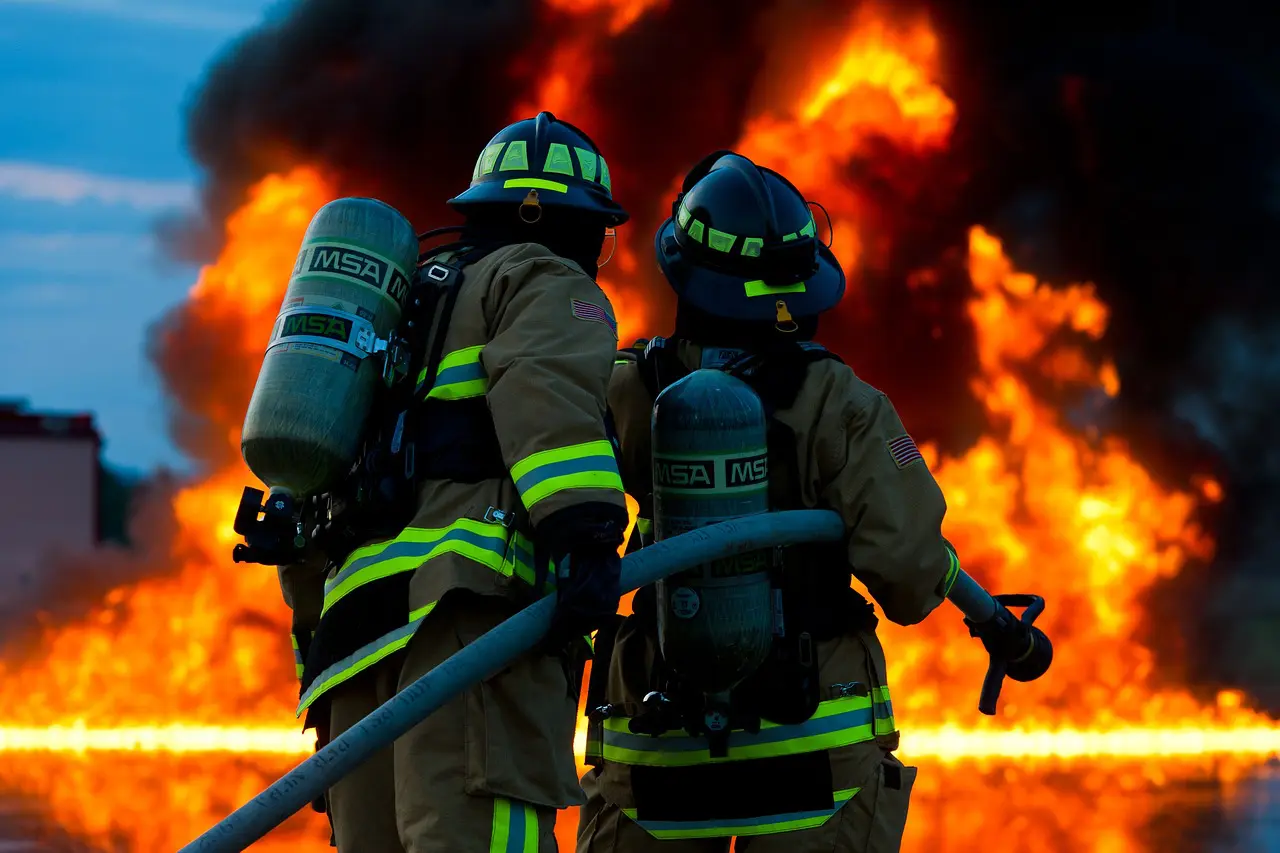
Firefighters don’t have it easy after they have walked out of a training exercise or firefighting event. The tools they use, that is the AFFF or the firefighting foam and their turnout gear, increase their cancer risk.
Hence, it’s no wonder that firefighters from the United States are filing lawsuits against various PPE gear manufacturers. They claimed that the chemicals present in their protective turnout gear led to cancer.
Most lawsuits filed concentrate on the health hazards caused by PFAS, which are called ‘forever chemicals’. As the name suggests, it doesn’t dissolve and persists in nature and the human body, resulting in life-threatening cancers and other severe health conditions.
Leading companies such as DuPont and 3M and 40 other turnout gear manufacturers are faced with a huge number of lawsuits. The actions might just be close to a tipping point where the federal panel can consolidate it all in an MDL.
Other than the latest lawsuits filed by civilian and individual military firefighters, the IAFF (International Association of Fire Fighters) had filed a lawsuit before this year against the NFPA (National Fire Protection Association). This lawsuit intends to change the present testing standard used for protective gear that makes use of PFAS.
In this article, we will share how PFAS in turnout gear has affected firefighters and how to seek legal compensation for the harm done.
The Story of Robert O’Connor

In February 2024, AboutLawsuits.com shared the story of Robert O’Connor who suffered because of the turnout gear he had to wear at work. He worked as a firefighter for 40 years in Worcester, Massachusetts, which made him develop prostate cancer. He claims that 3M Company and a few other defendants were aware of the cancer risks linked with the turnout gear but didn’t warn others about it.
In his AFFF firefighting foam lawsuit, Robert said that he had to wear this gear for decades. It exposed him to PFAS-induced firefighting foam during response or training exercises. He had no idea that this protective gear came with a bundle of health risks that developed because of a PFAS chemical buildup in the blood.
His lawsuit mentioned that over time the exposure to PFAS resulted in him developing prostate cancer. It also states that increased levels of blood contamination because of PFAS exposure had made Robert vulnerable to other adverse health issues and injuries in the future.
Therefore, if you or anyone you know has faced a similar predicament, it is necessary to seek legal help. TorHoerman Law states that a lawyer should be the first point of contact to obtain monetary compensation.
They will examine the case and check the medical documents to decide if you qualify to file a lawsuit. After that, they will guide you through the legal procedures and update you about the settlement payout that you can receive for your injuries and losses.
Significant Increase in Firefighter Deaths Because of Cancer

The rate at which people are affected by cancer is almost replacing deaths caused by heart diseases. IAFF research suggests that cancer is becoming one of the leading causes of death among firefighters in the line of duty. The organization states that cancer led to 66% of firefighter deaths between 2002 and 2019.
The research further indicates that in 2022, almost three out of every four names that got added to the IAFF Fallen Fire Fighter Memorial Hall were because of occupational cancer. Edward Kelly, who is the general president of IAFF shared that recent research confirms that PFAS has an important role to play in firefighter cancer.
There were other studies carried out on PFAS by the National Institute of Standards and Technology (NIST) and the University of Notre Dame. All of them pointed towards the fact that the protective gear used by firefighters had increasing levels of PFAS.
Naturally, it raised crucial concerns about the firefighters’ long-term health outcomes because of exposure to this toxic chemical.
PFAS can get toxic when exposed to a very high temperature, which poses risks for cancer for firefighters on duty. Even the researchers from the University of Notre Dame confirm that the turnout gear had significantly high levels of PFAS, which is the root cause of all harm.
On the other hand, the researchers from NIST found differing concentrations between the manufacturers and lawyers. Typically, a turnout gear has three layers, whereas the outer shell has the highest level. However, the concentration was available in all three layers.
In conclusion, today there is plausible research that supports the claim that turnout gear causes cancer in firefighters because of the PFAS contained in it.
These findings are essential as they make the firefighter aware of the hazards they are stepping into because of their profession. Furthermore, it also urges firefighting companies to search for safer alternatives that aren’t harmful to human health.













